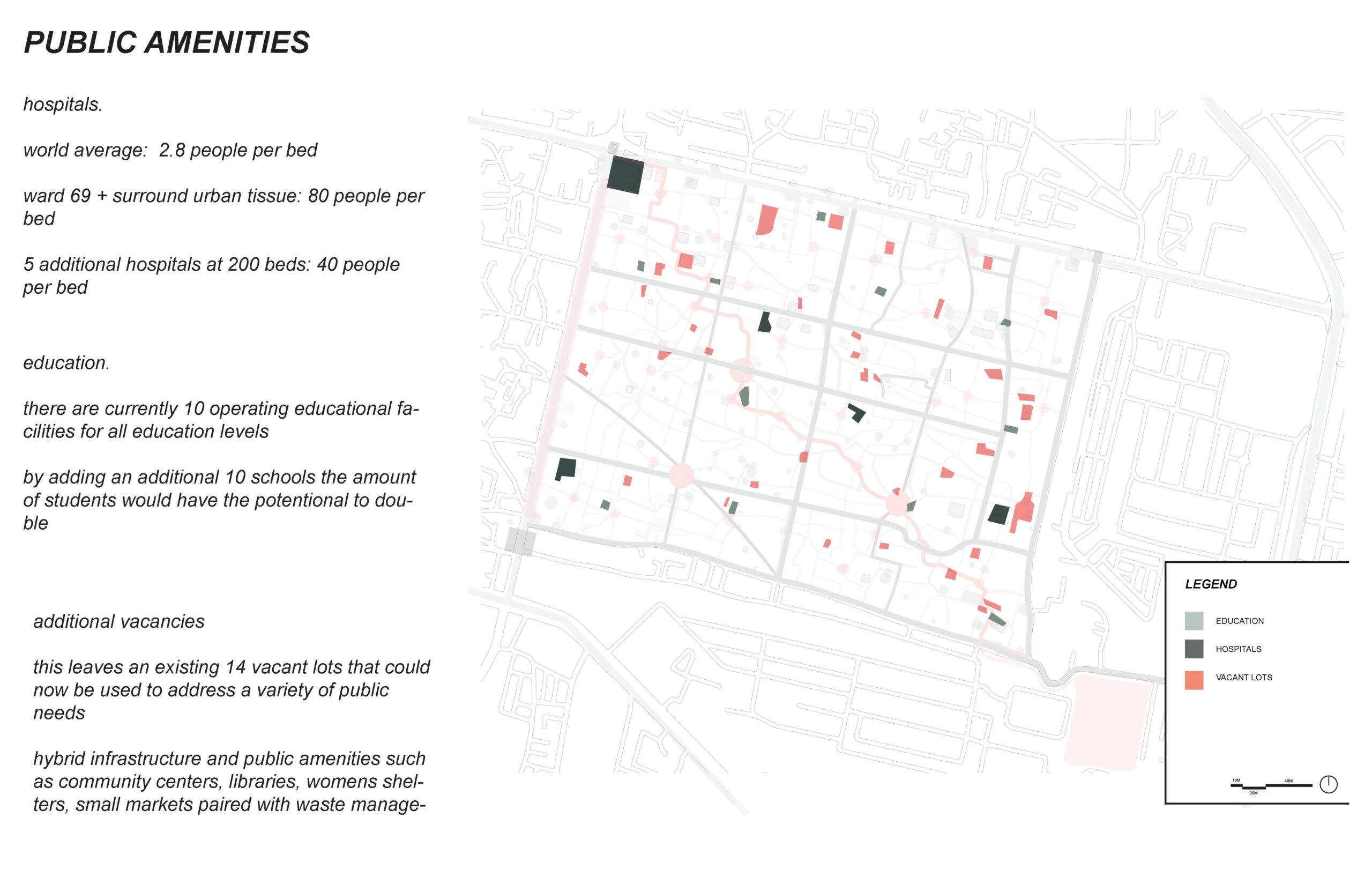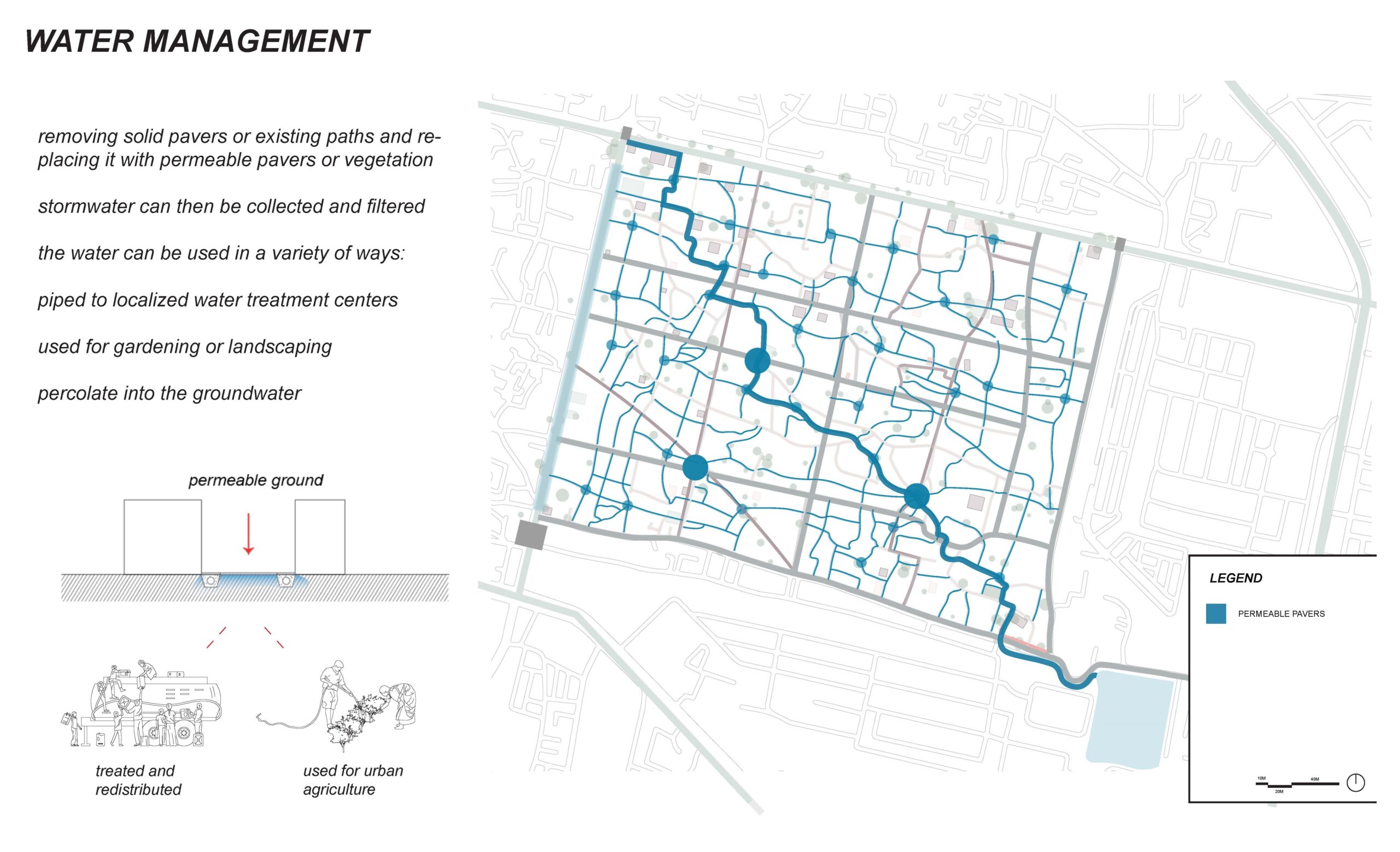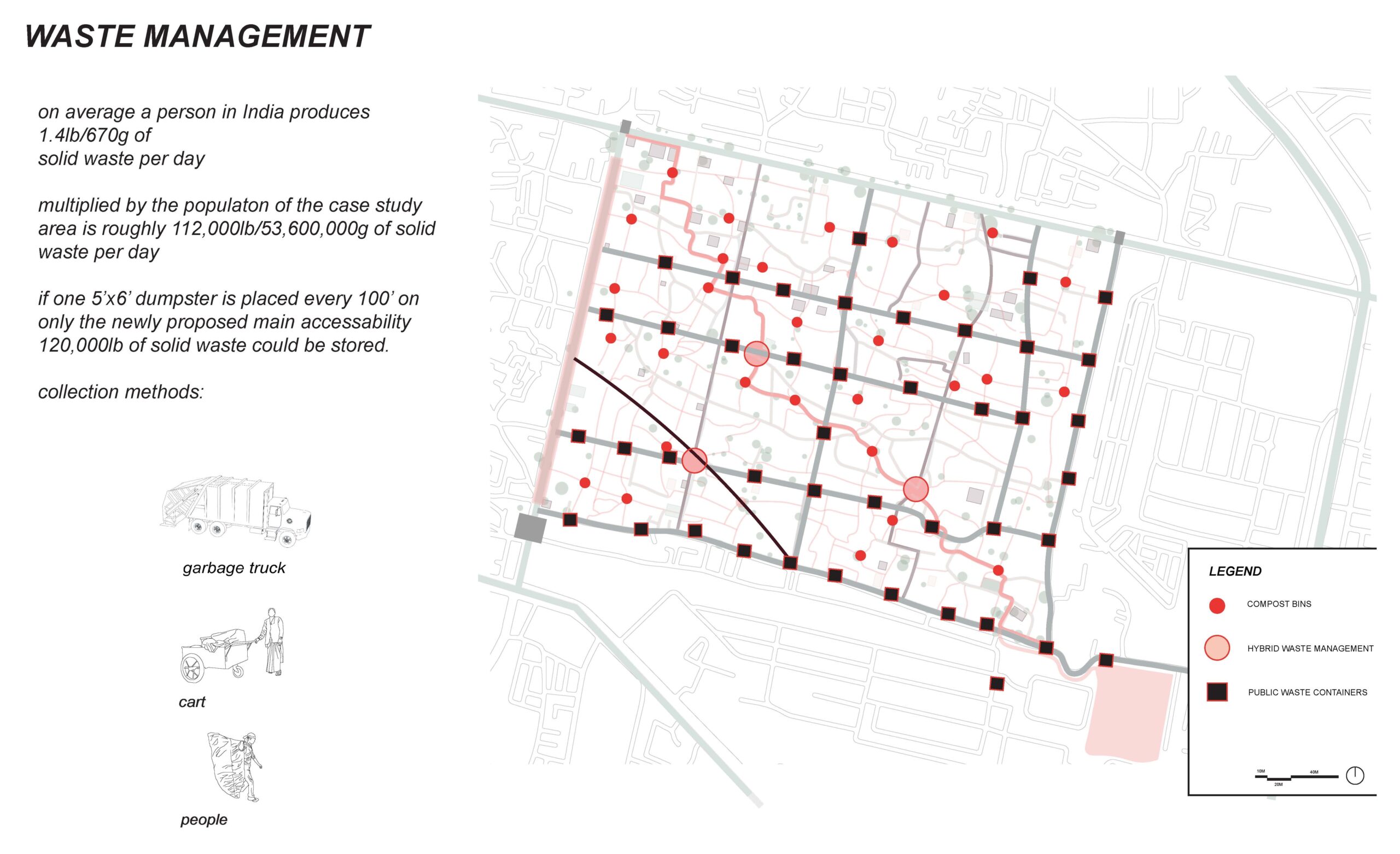This study began as an examination of the variety of socioeconomic statuses found within Jaipur and was further conducted with the hope of revealing inequities in access to resources plus issues related to privilege, power and control. Careful consideration was given with intention of intervening in such a way to not only address the major water crisis but the crisis of urban expansion and the abandonment of the public common spaces.
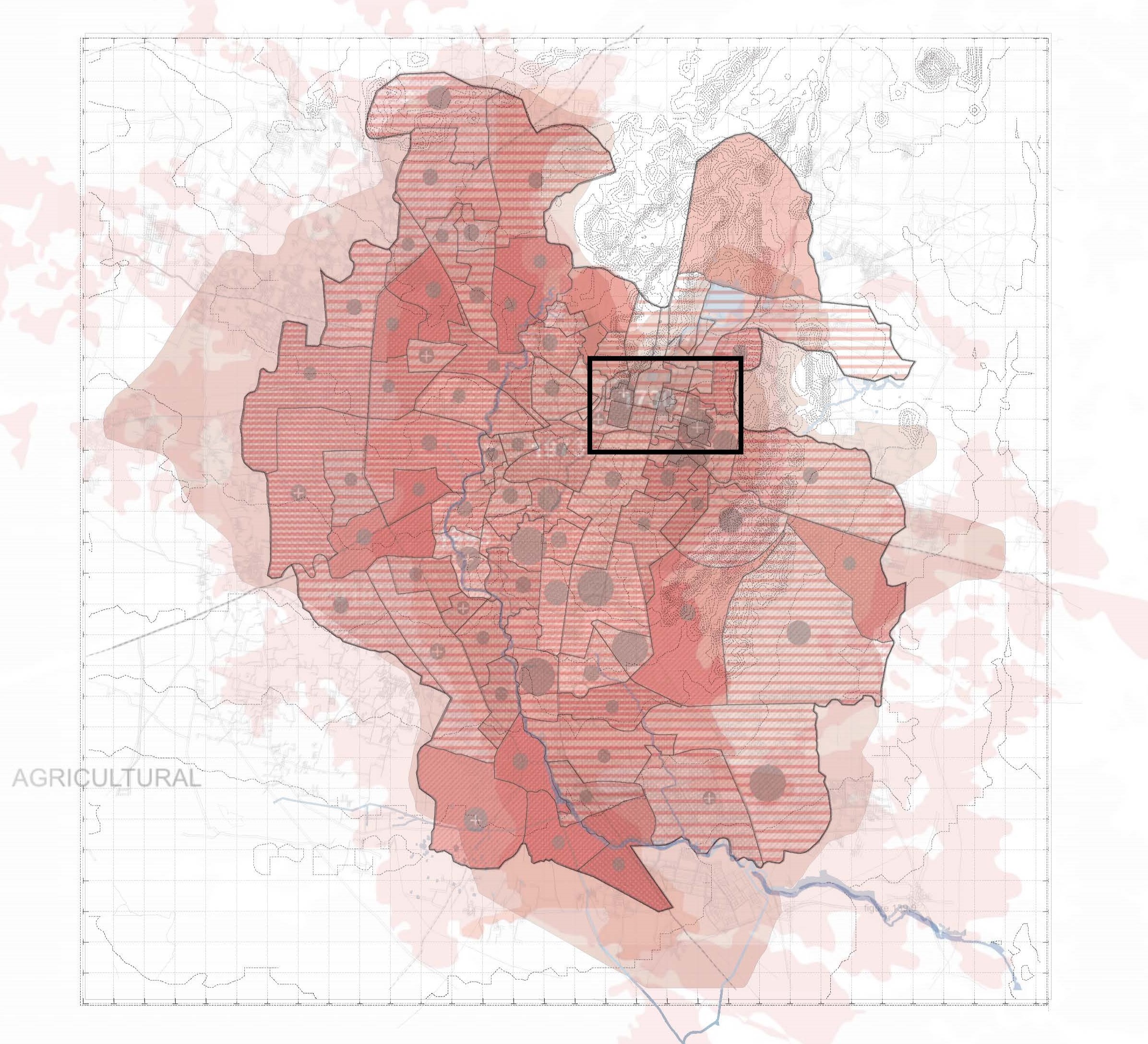
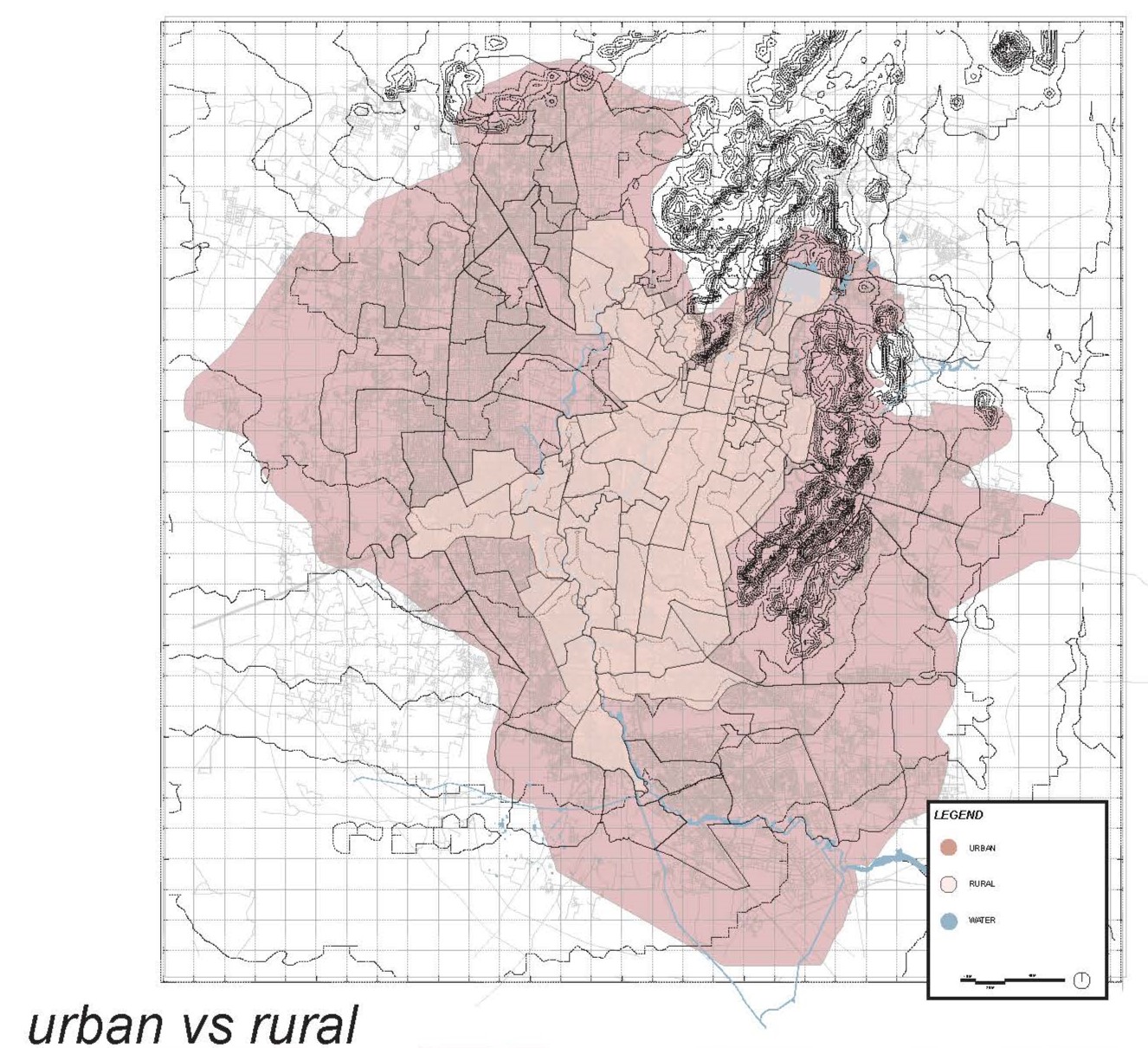

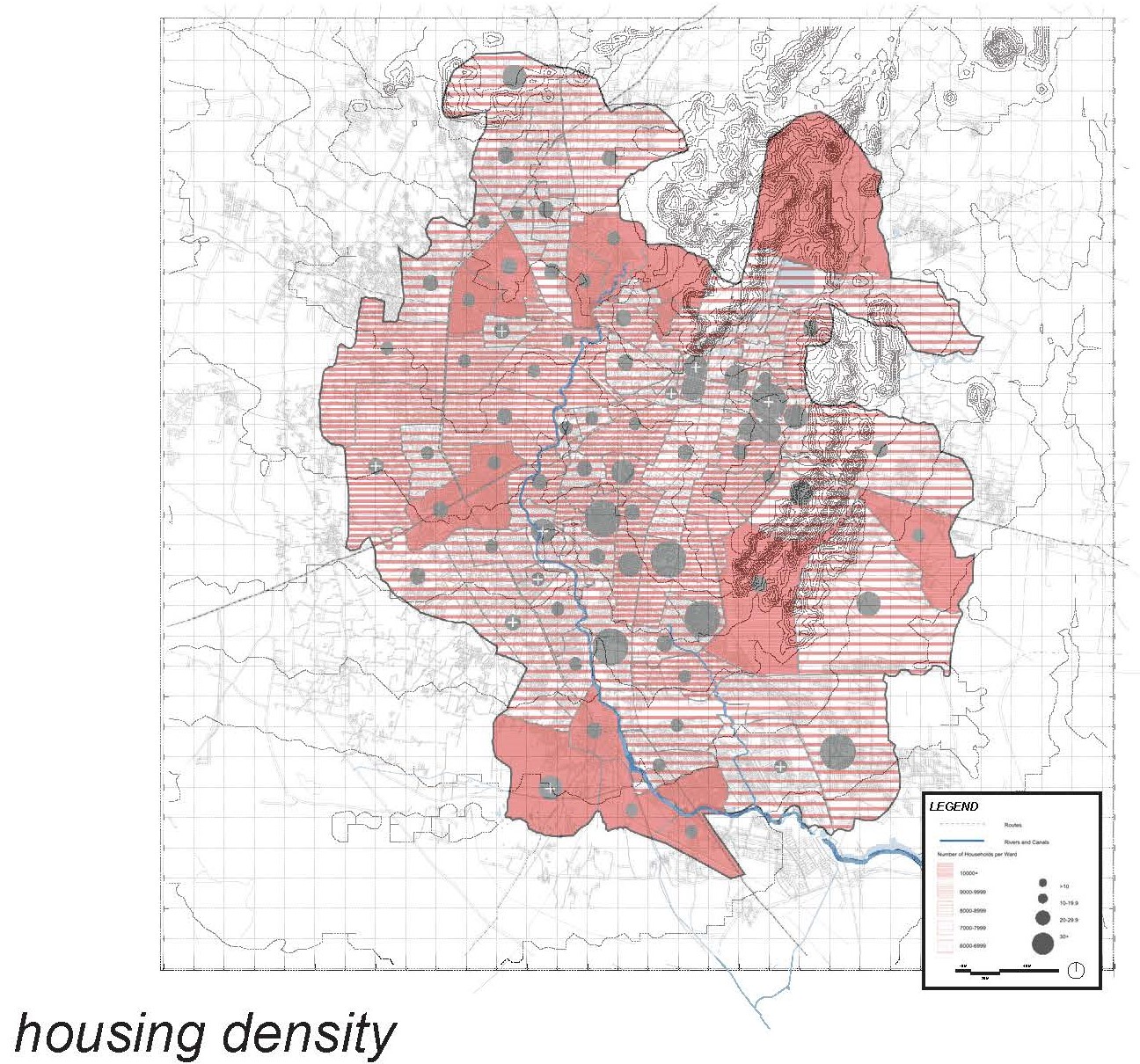
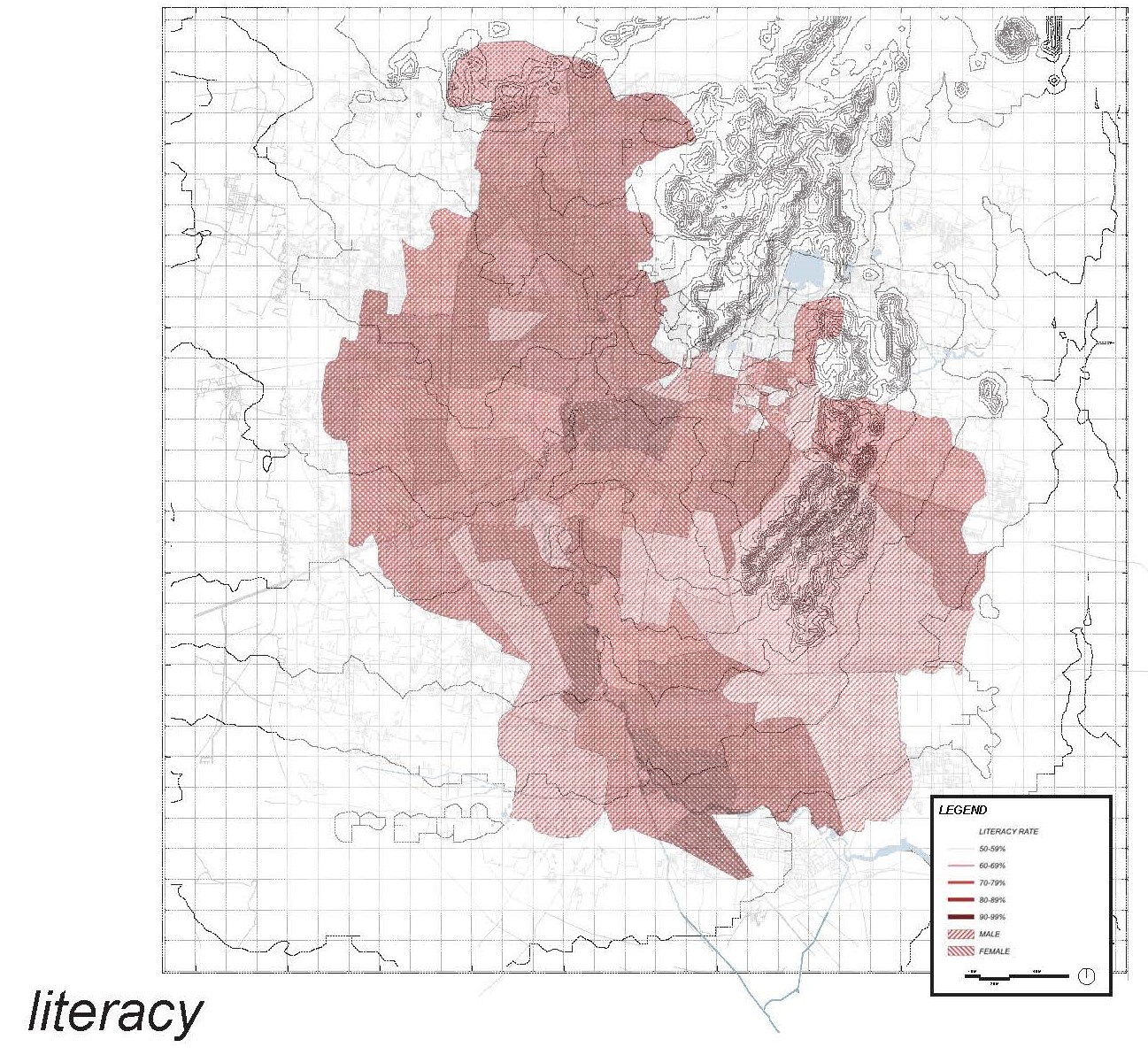
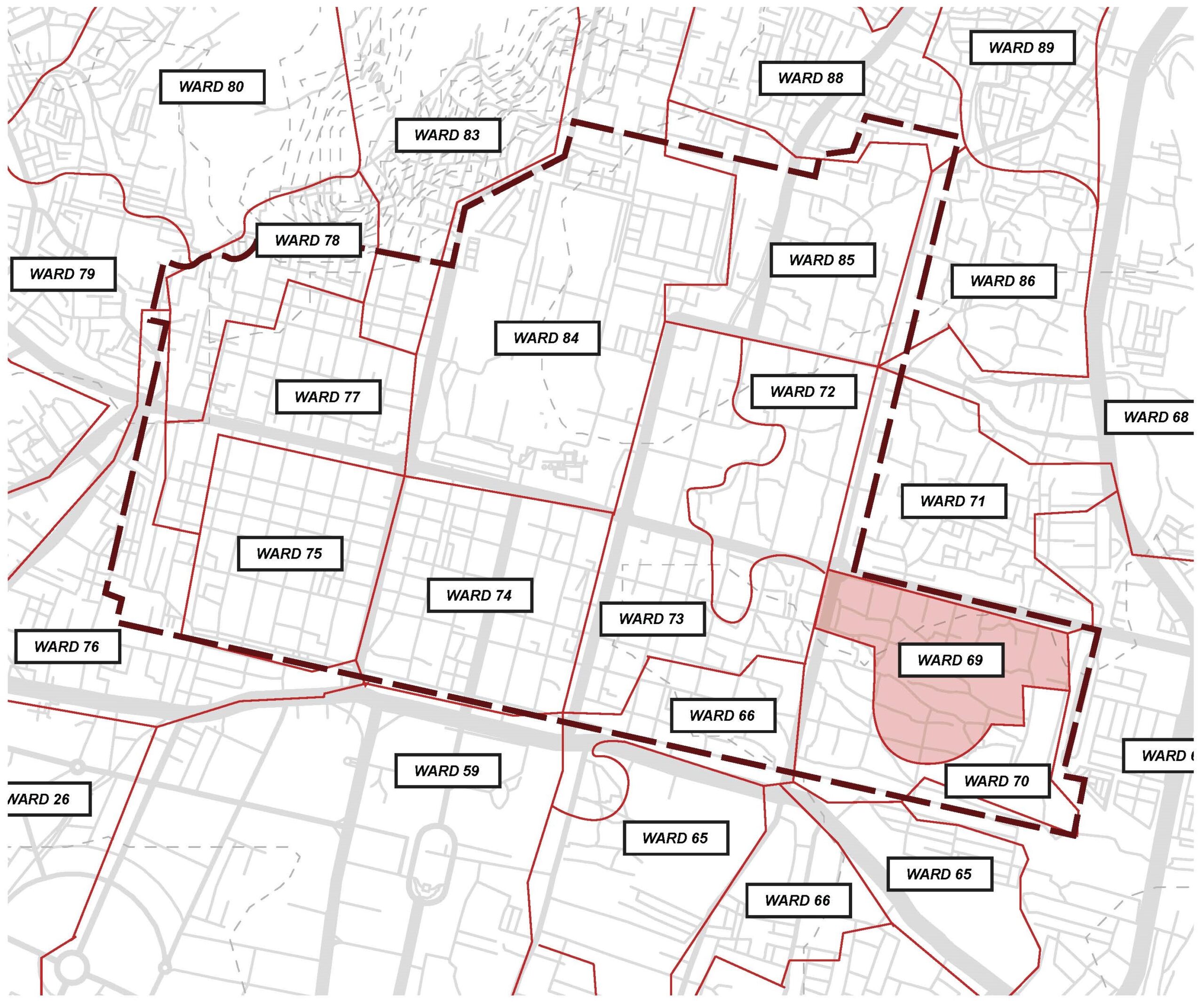
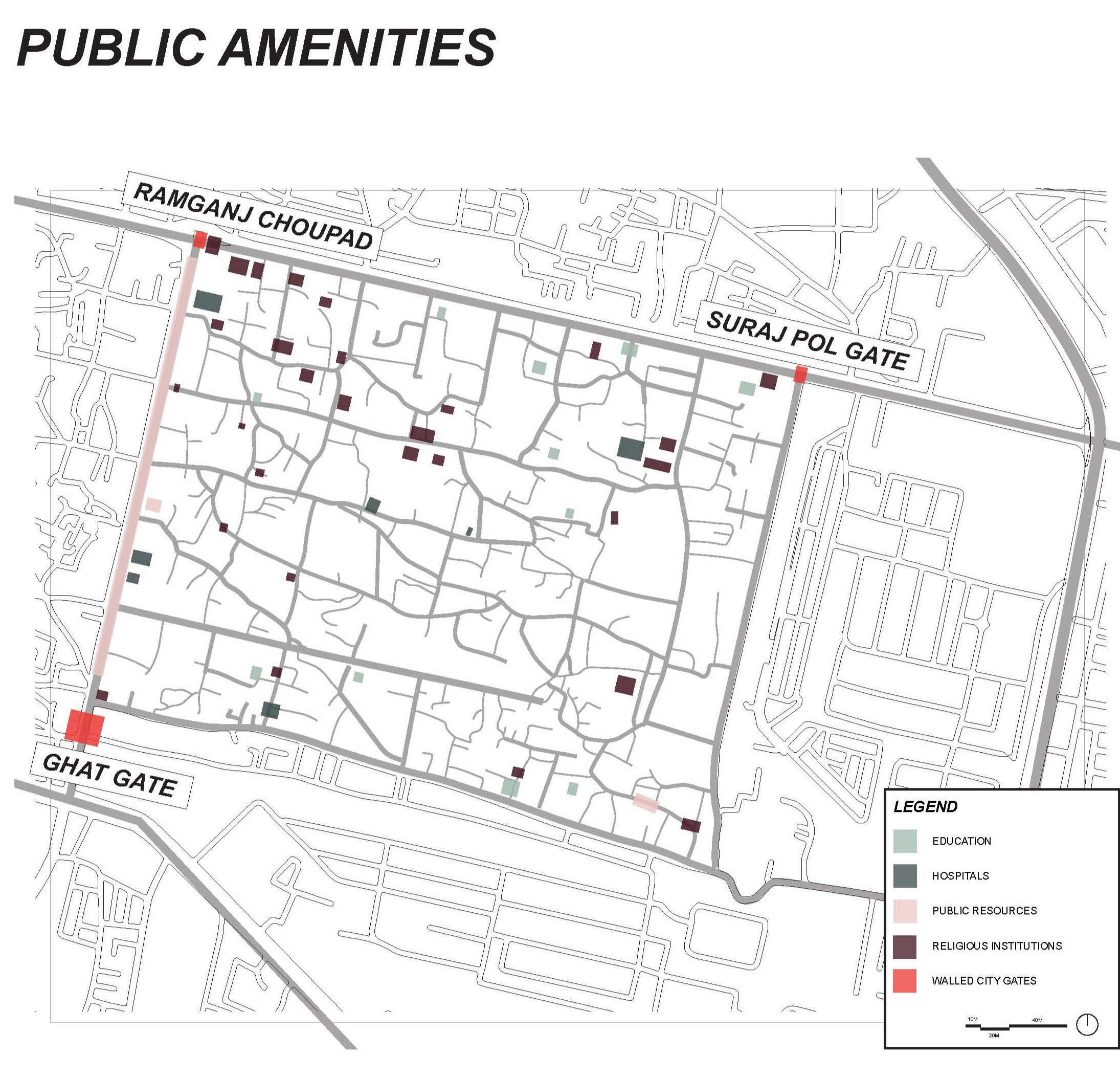
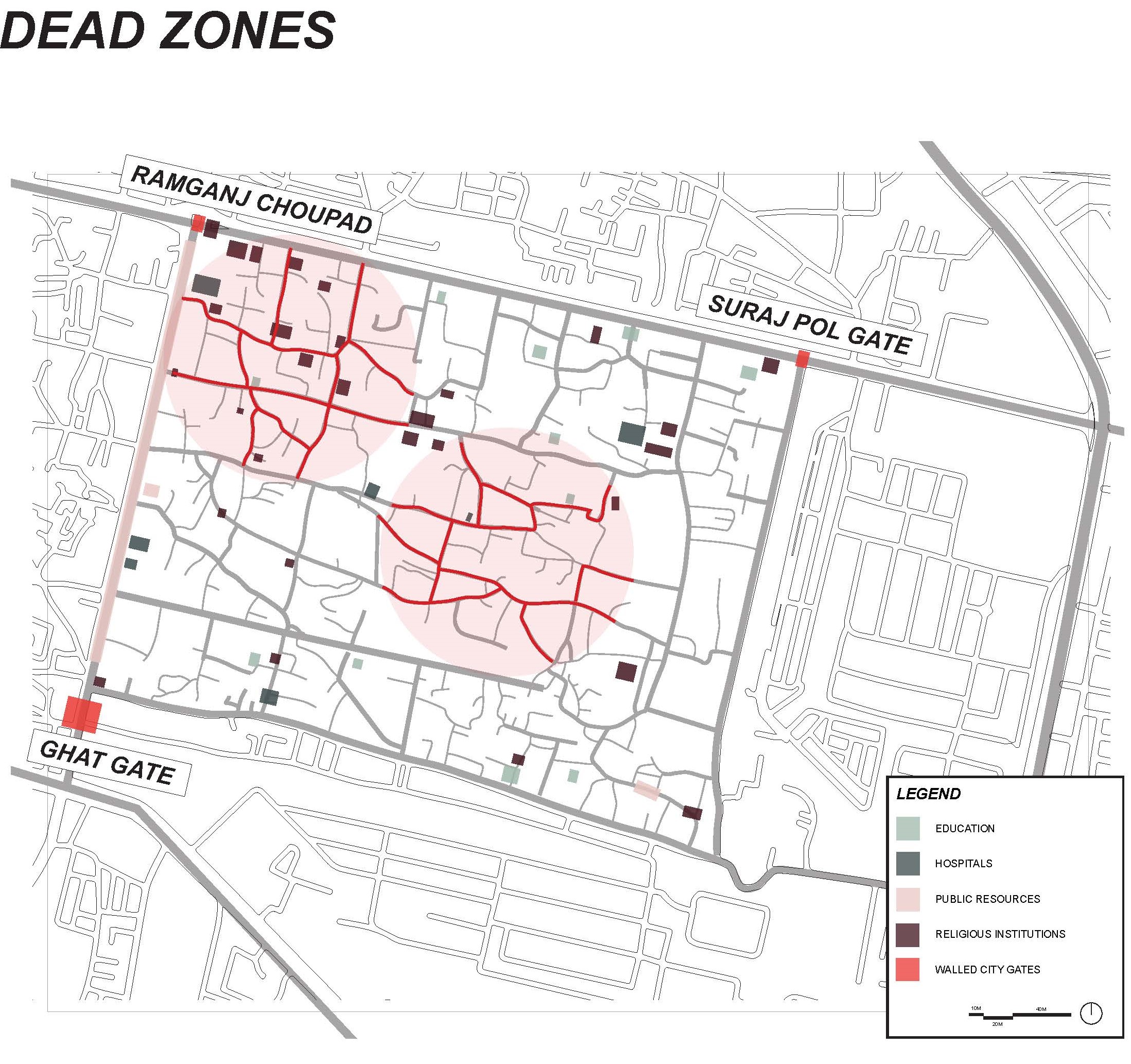
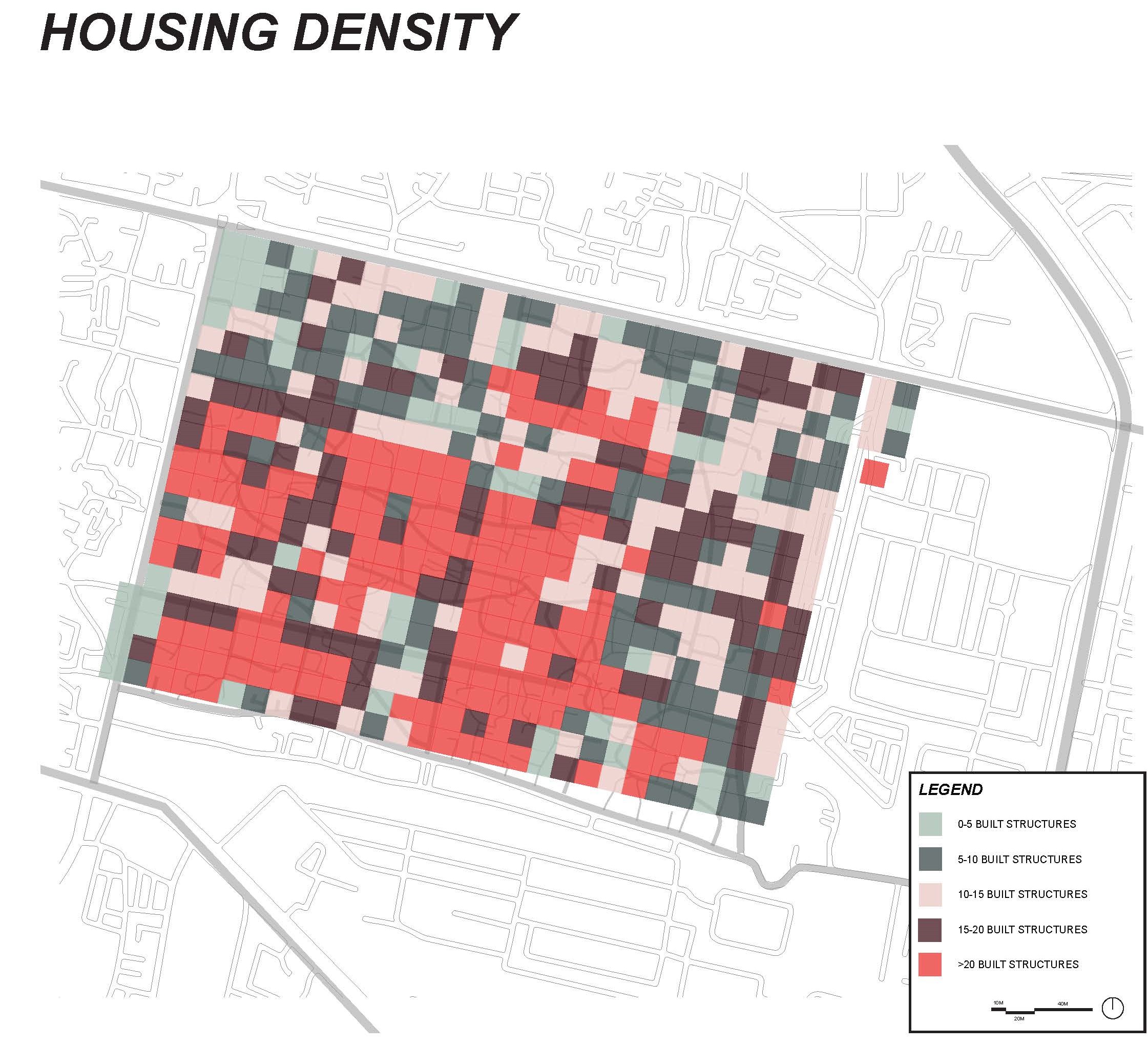
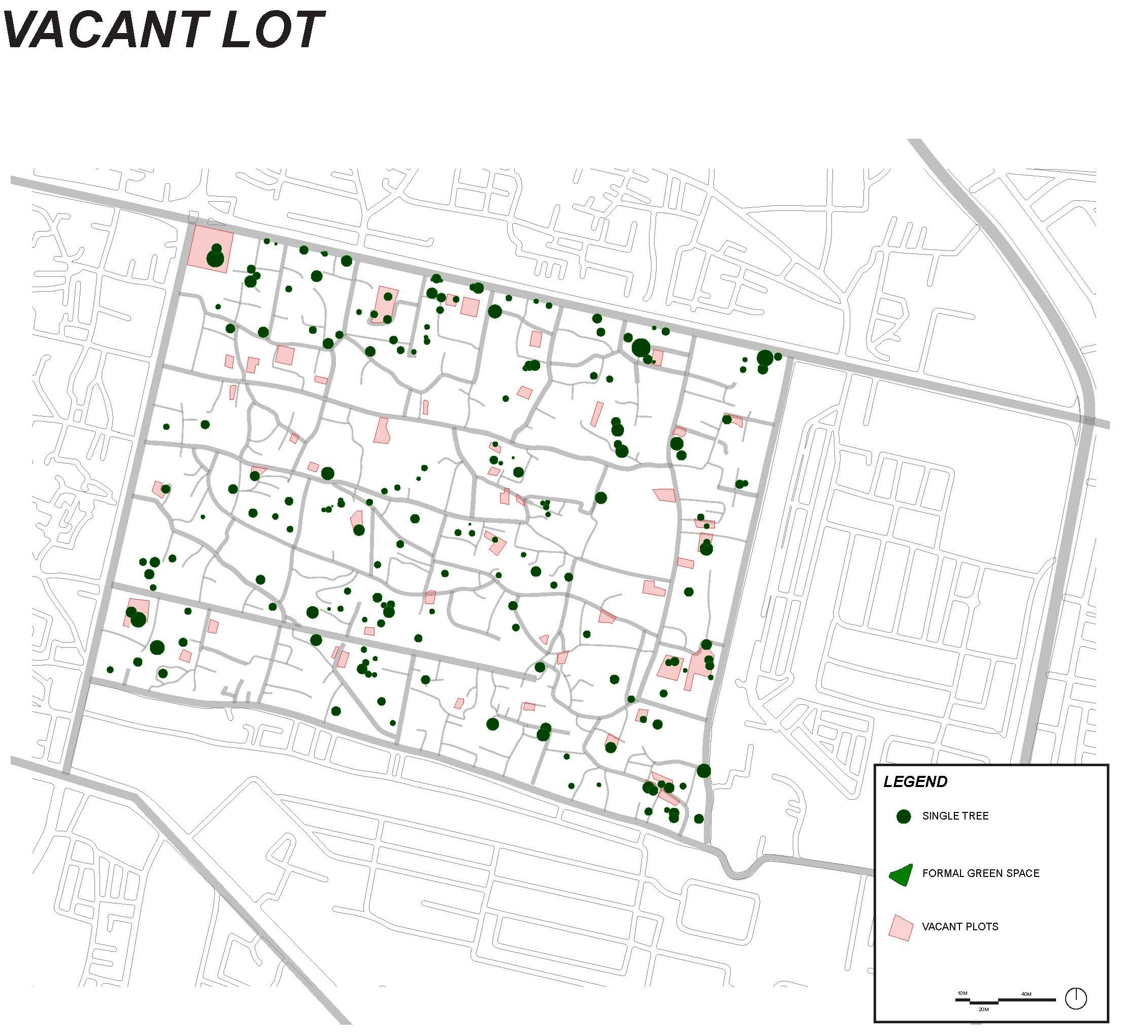

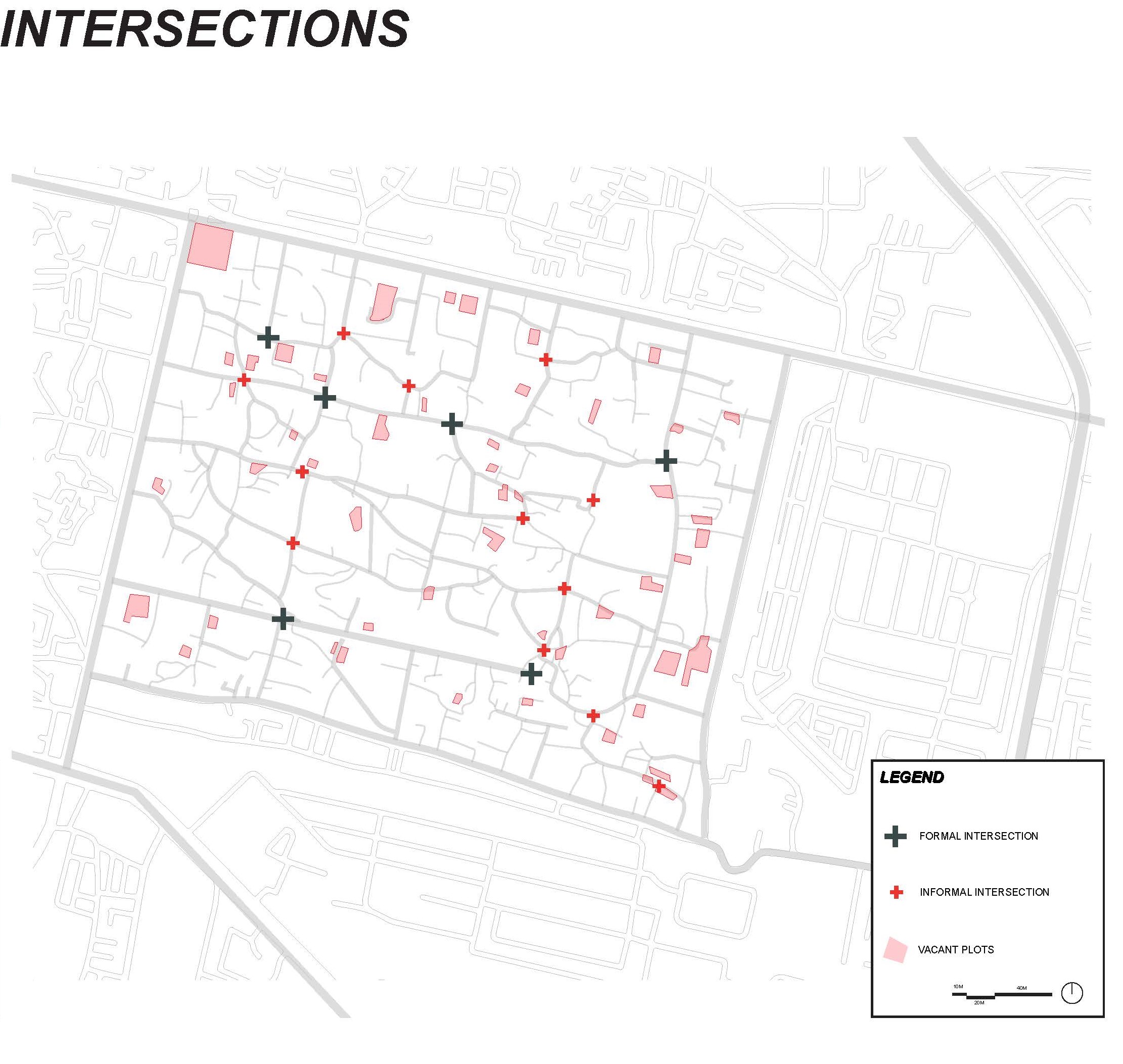
Because of Jaipur’s extreme diversity, a case study needed to be chosen for the base analysis. Common conditions and characteristics found in Jaipur were selected as indicators to help narrow down the process of the case study selection. Special emphasis was put into finding areas of high density and low socioeconomic status, with opportunities for adaptive reuse and cultural significance. This selection process led to an area of Jaipur known as the Walled City.
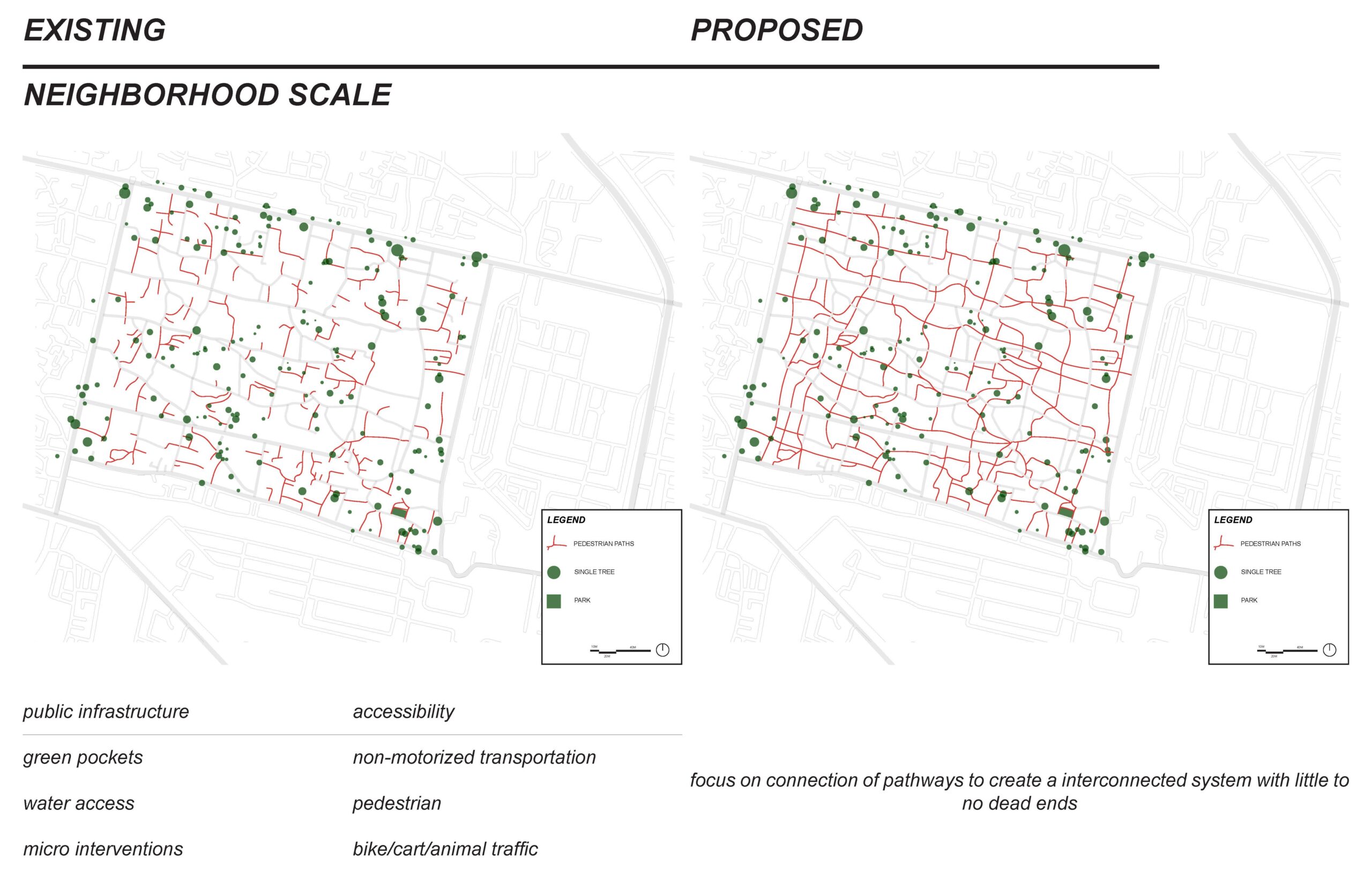
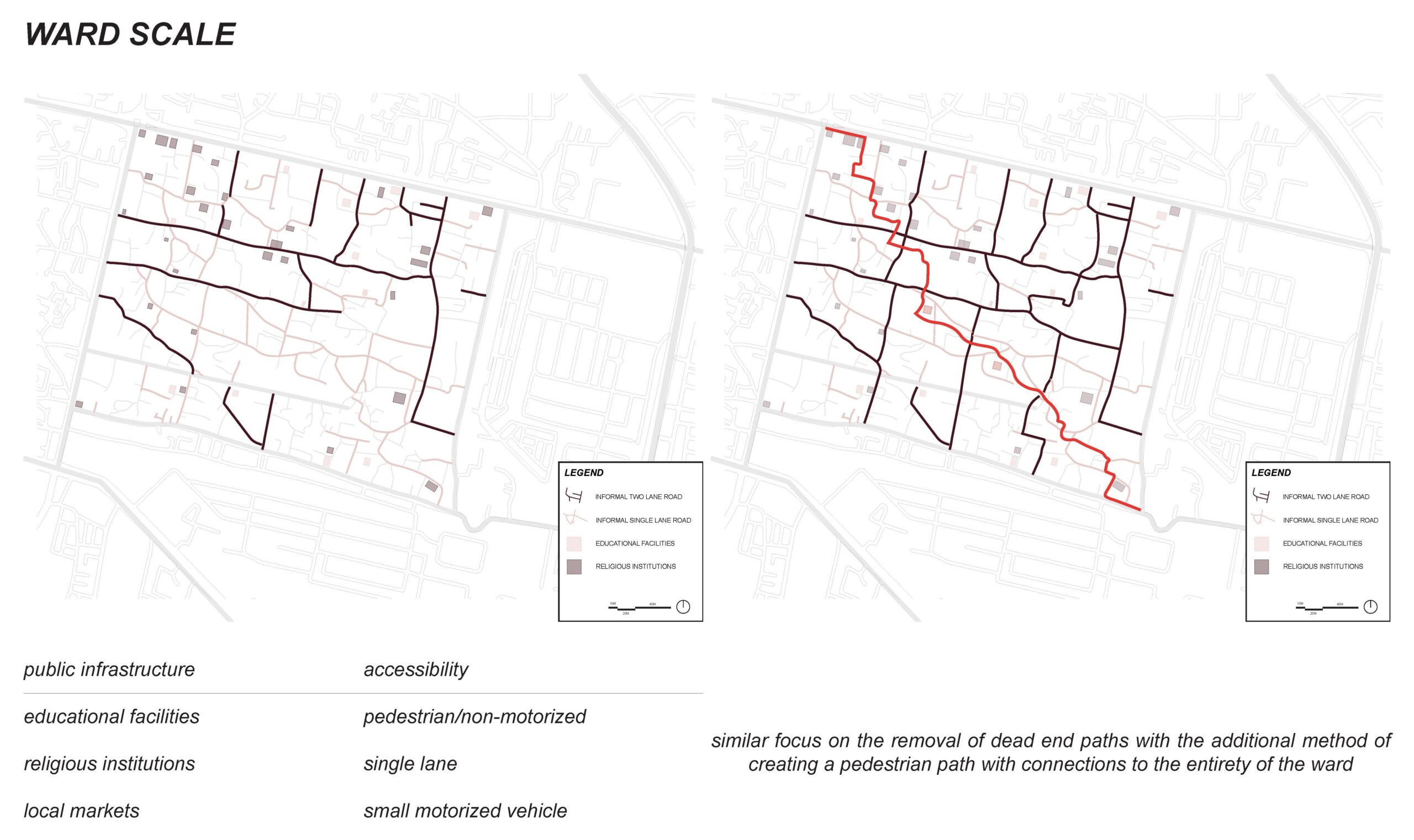
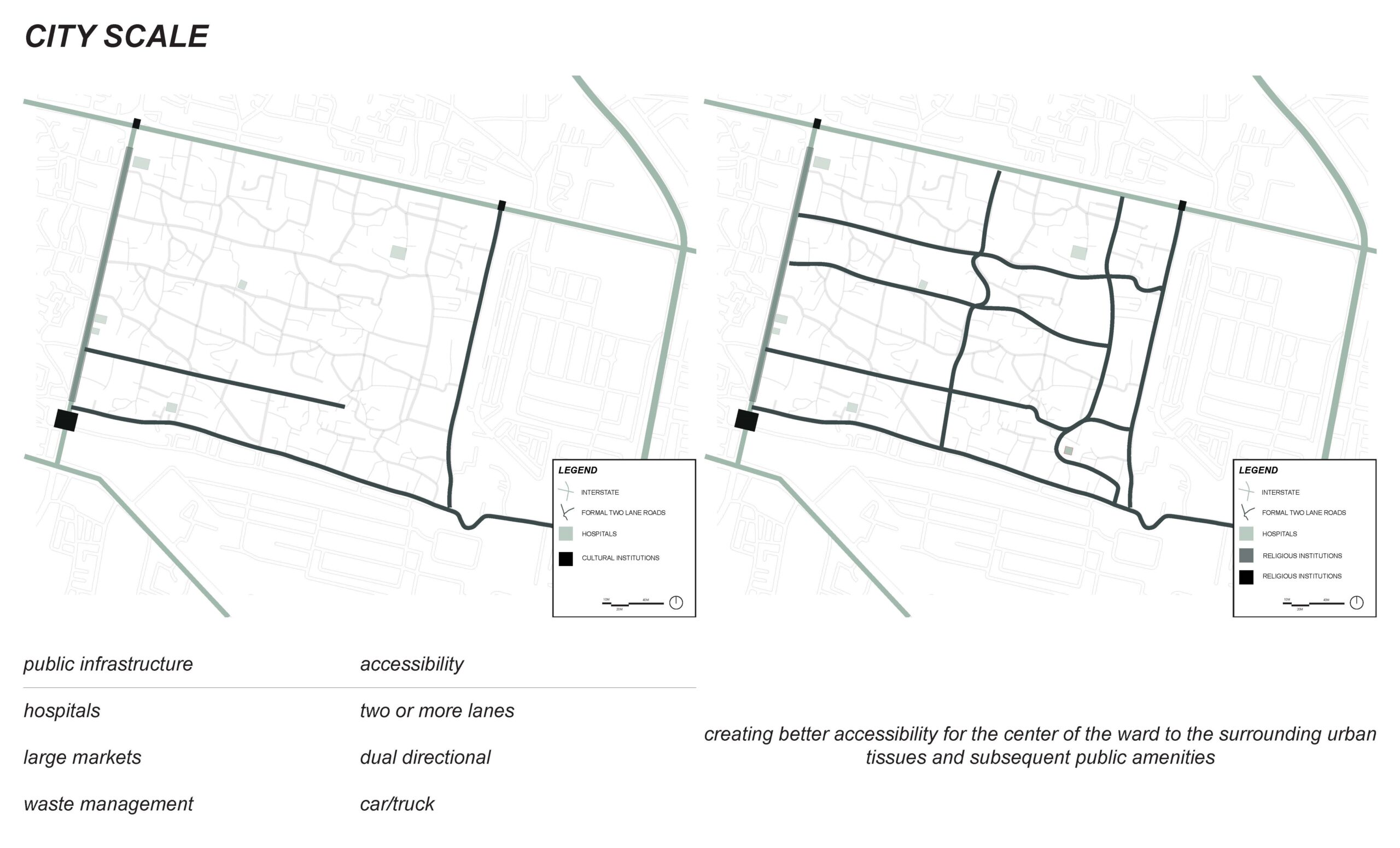
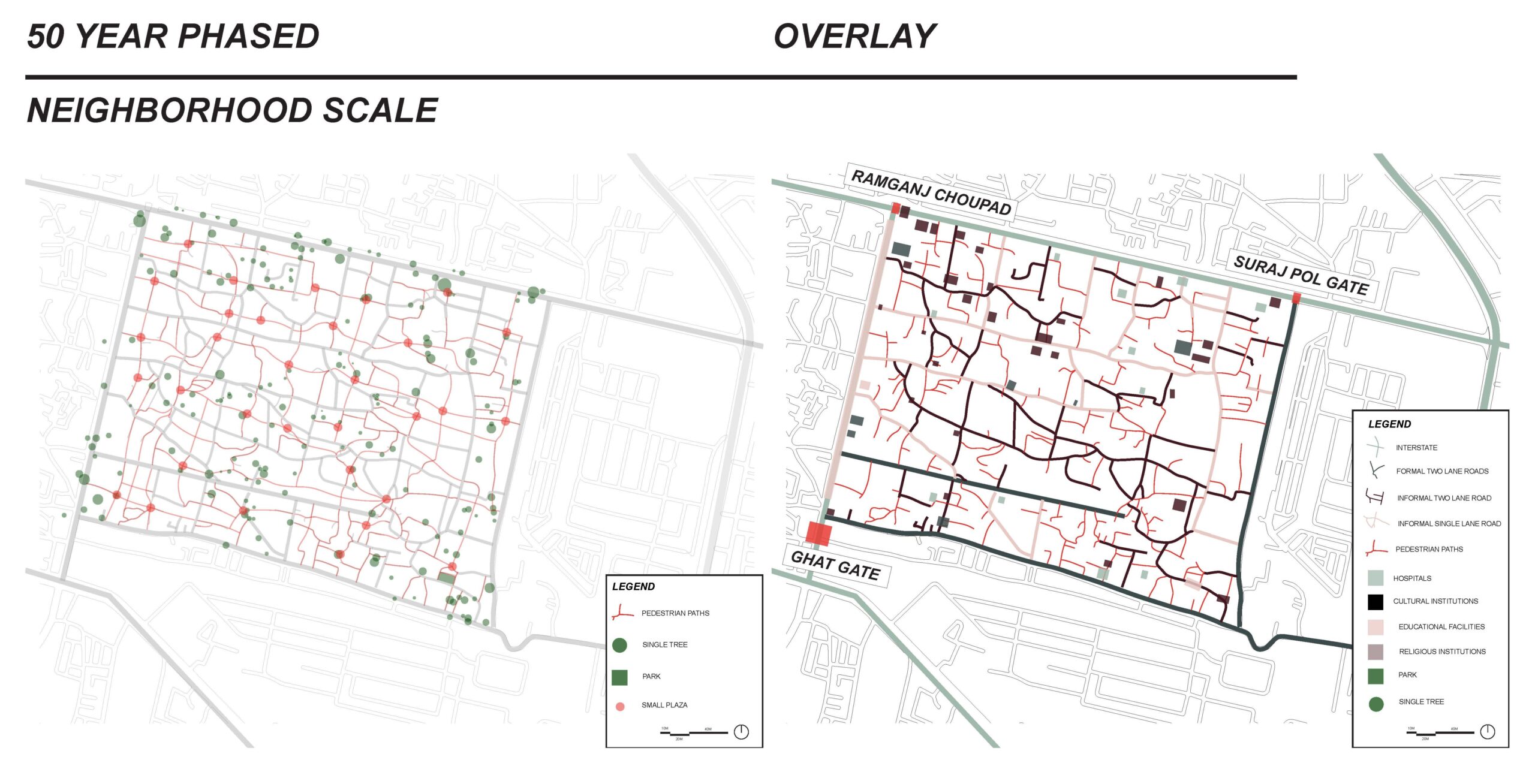

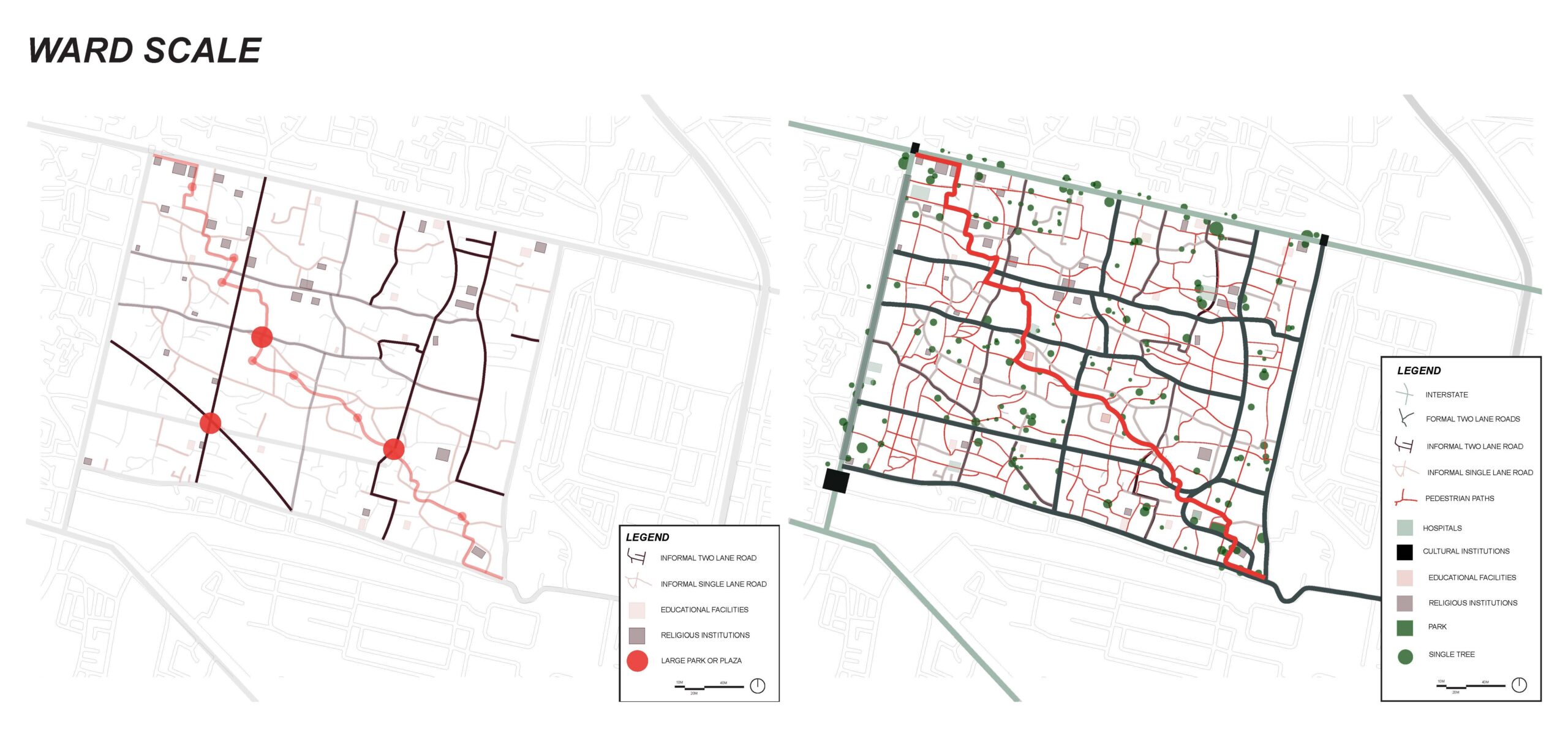

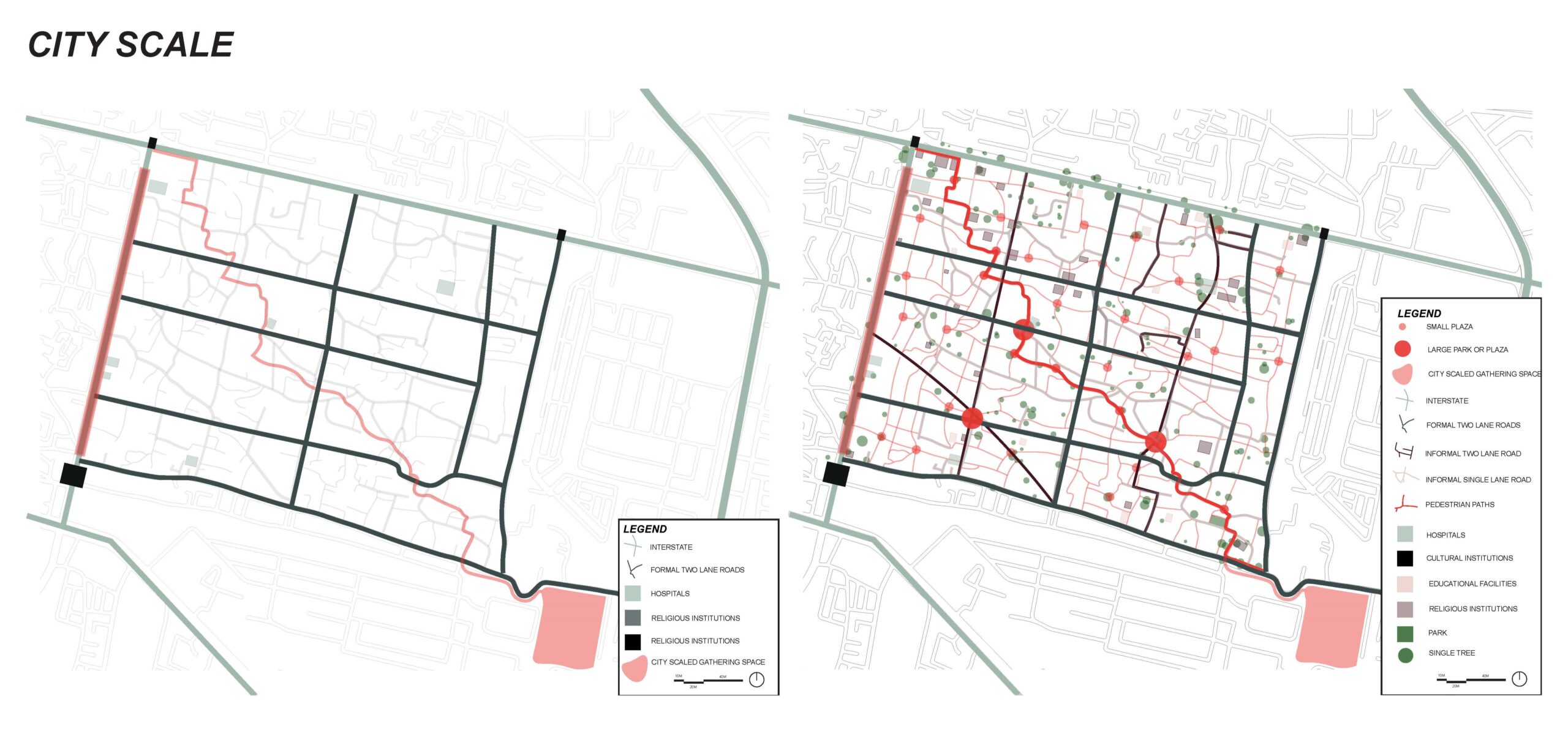
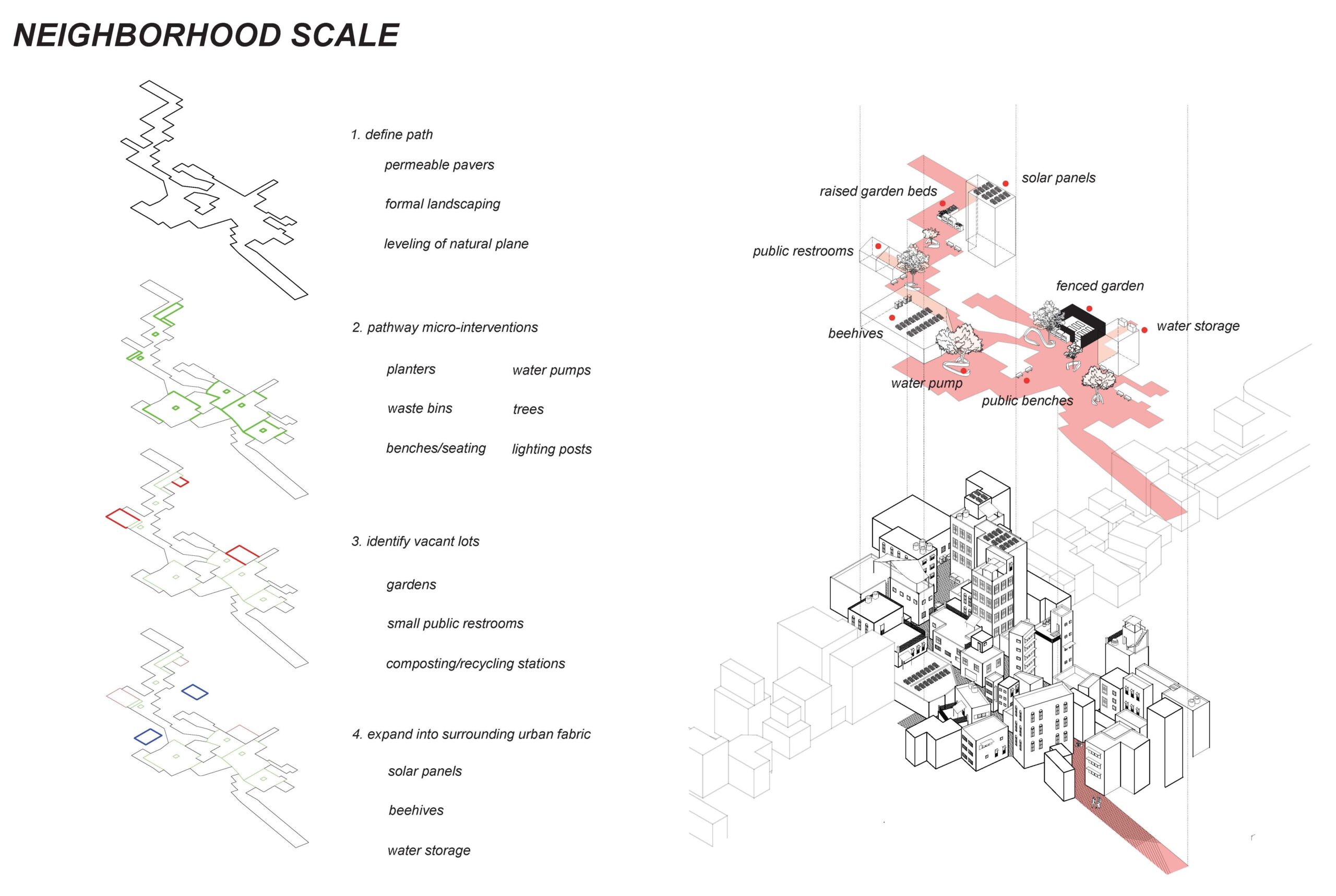

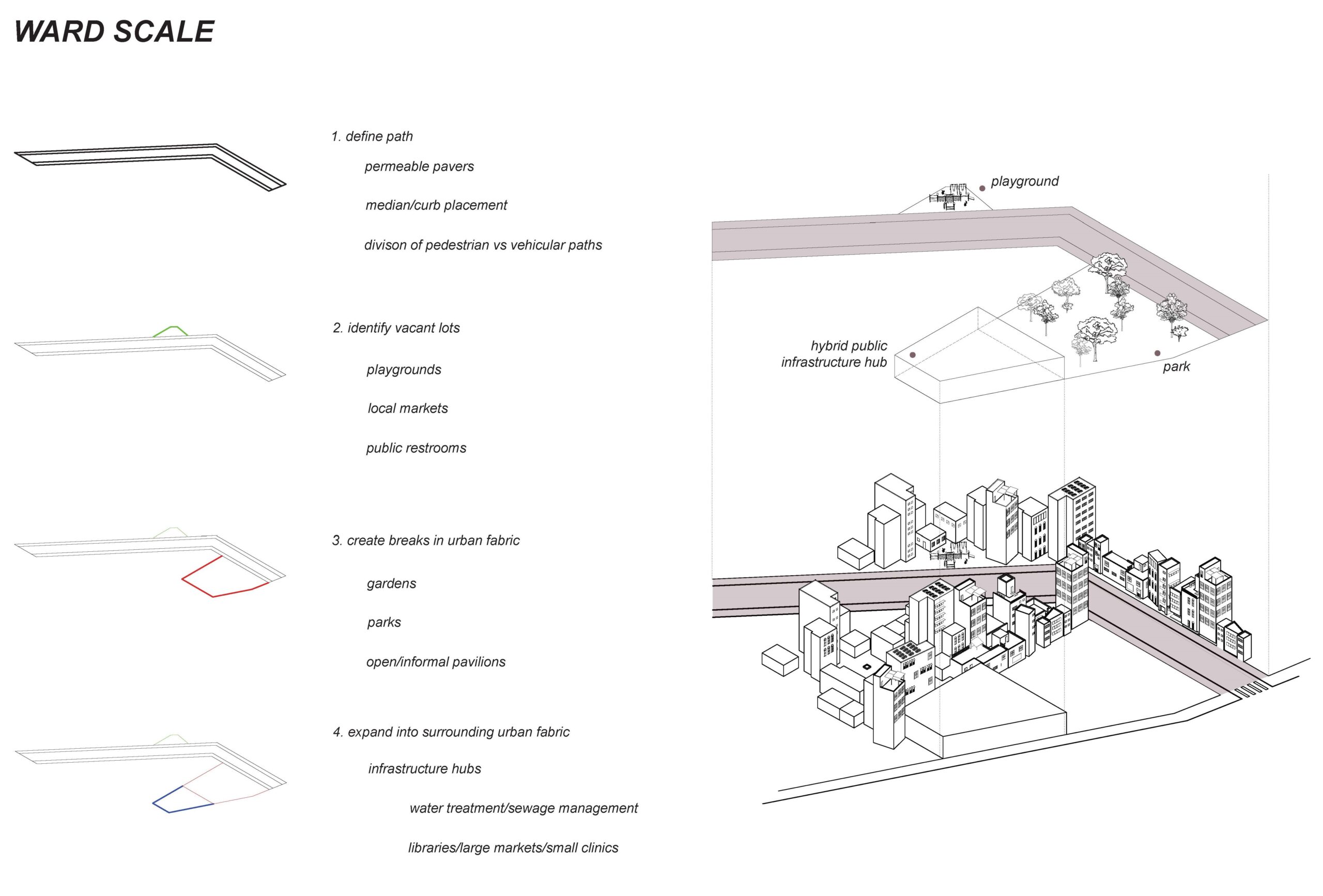
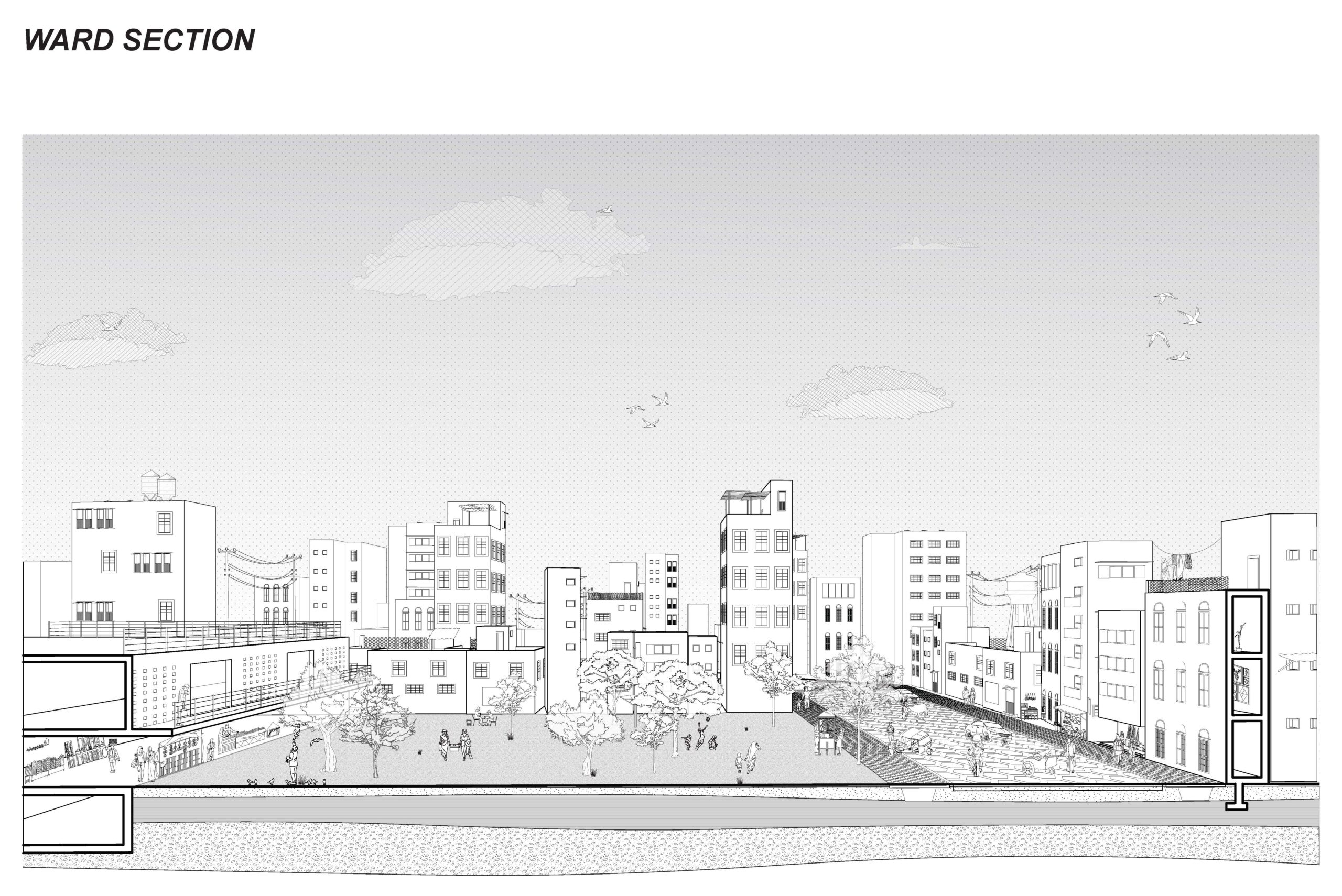
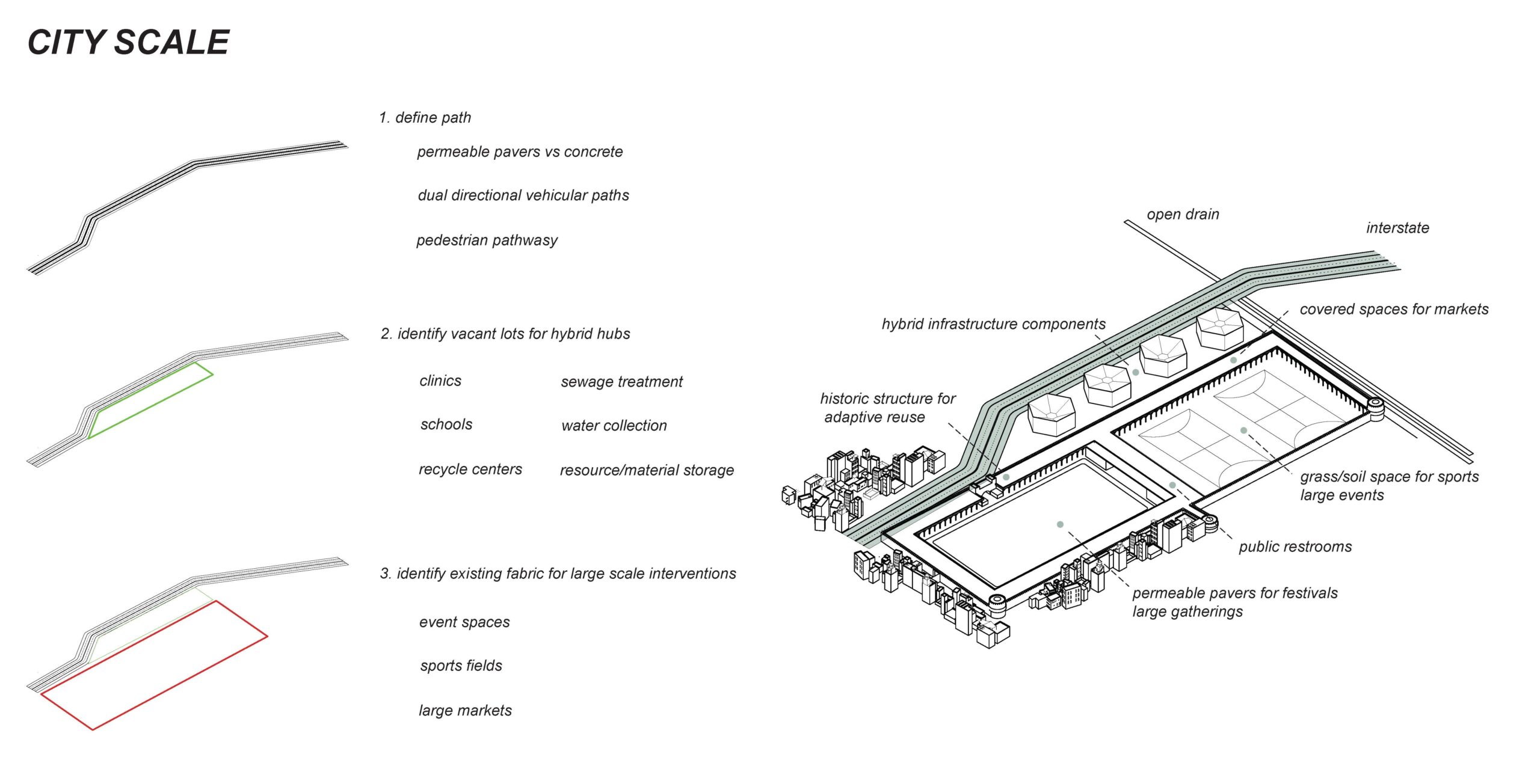
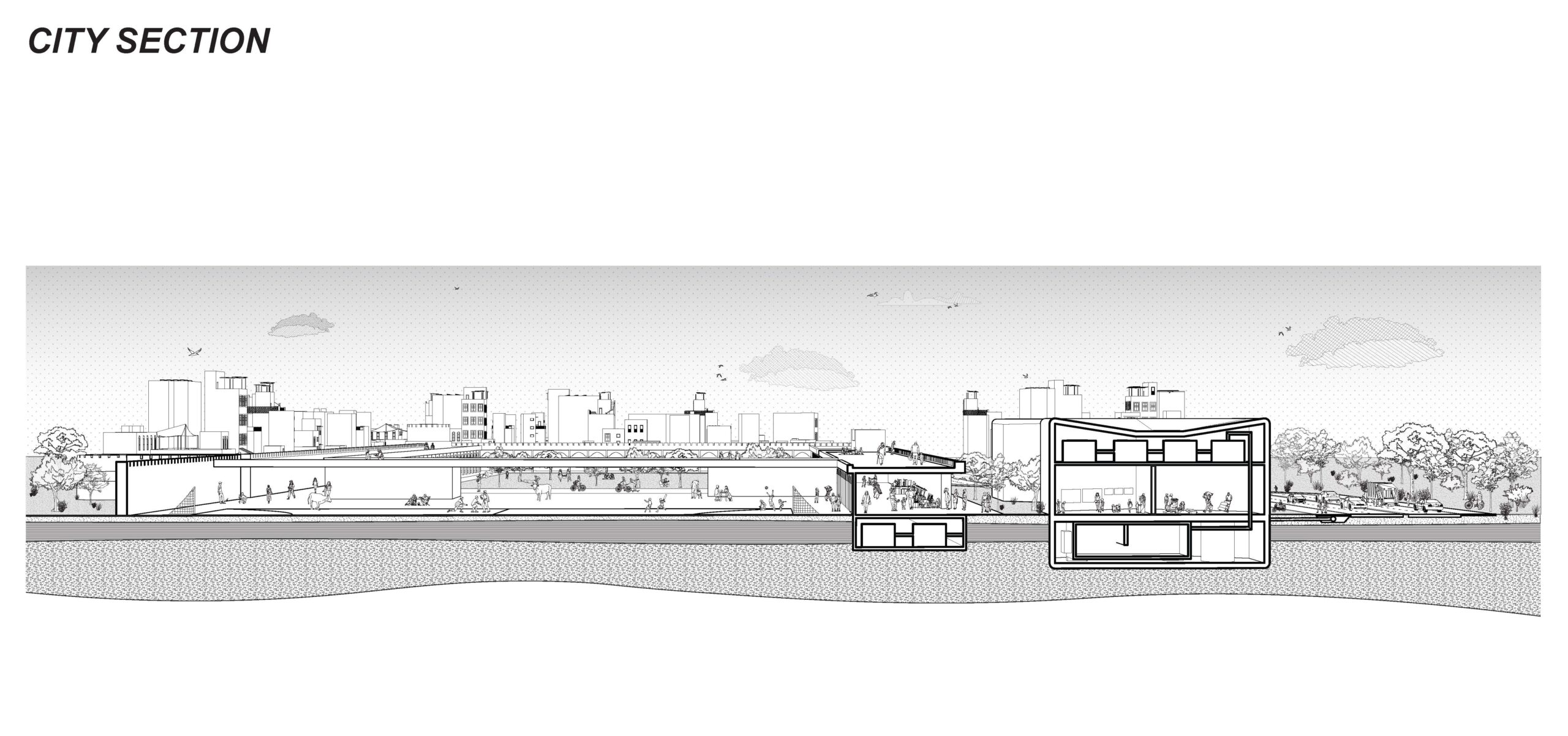
By using the scales to address the most pressing concerns found in the previous analysis interventions could be made immediately to increase urban function but also this study proves to be most effective when making preparations for a 50 year phased approach. Impacts from simply providing better accessibility and the creation or upkeep of existing public spaces includes better stormwater management, reduction in waste, and better access to hospitals and educational facilities. Using this methodology to examine other wards in Jaipur, and implementing the relevant interventions, the existing urban fabric of Jaipur could become more accessible, resourceful, shared, safe, and desirable.
